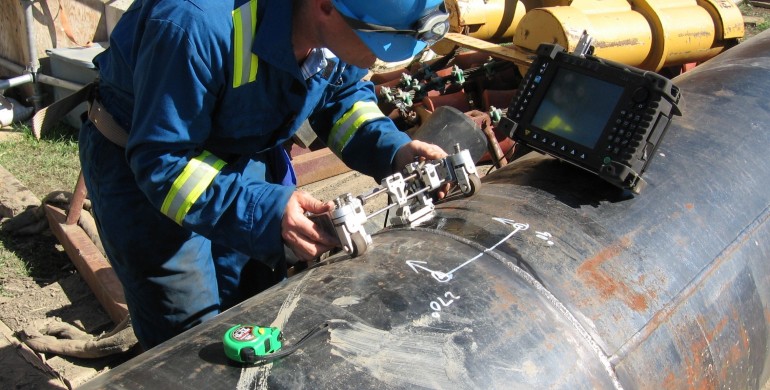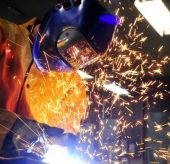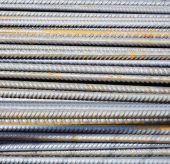Welding has achieved a unique status in all industrial and associated environments. Simply put, it’s a crucial need! Welding has the versatility to join plastic parts, but certain applications require alternative welding methods. Established providers, like Lincoln Welders, have the expertise to meet the exacting standards their customers require.
Specialist welders are in high demand, as are the services they provide. These services may include welding thermoplastic parts, which require available technologies like ultrasonic, laser, hot-plate, spin and vibration. It has become necessary for Sacramento welding suppliers, like Miller Electric, to continually update their stock to meet specific customer demands.
Two other options are available for welding thermoplastic parts, hot-gas and induction welding. Hot-gas welding is a process in which heated air or nitrogen is utilized to melt a plastic welding rod. Induction welding, involves a ferromagnetic insert placed between two parts, then energized by an electromagnetic field to melt the material. The former method is slow, dependent on the skill of the operator and usually utilized in field work and repairs. The latter is relatively expensive and complicated, due to the ferromagnetic insert.
The preferred technology for joining plastic parts is ultrasonic welding, due mainly to its rapid cycle times and reduced cost. Expert providers of welding supplies can assess any drawbacks with this method, like the fact that it can only be used with small or medium-sized parts.
Spin welding, although inexpensive, is limited in its applications, whereas hot-plate and vibration welds suffer from the systems that produce them, in that they are expensive to buy and operate.





